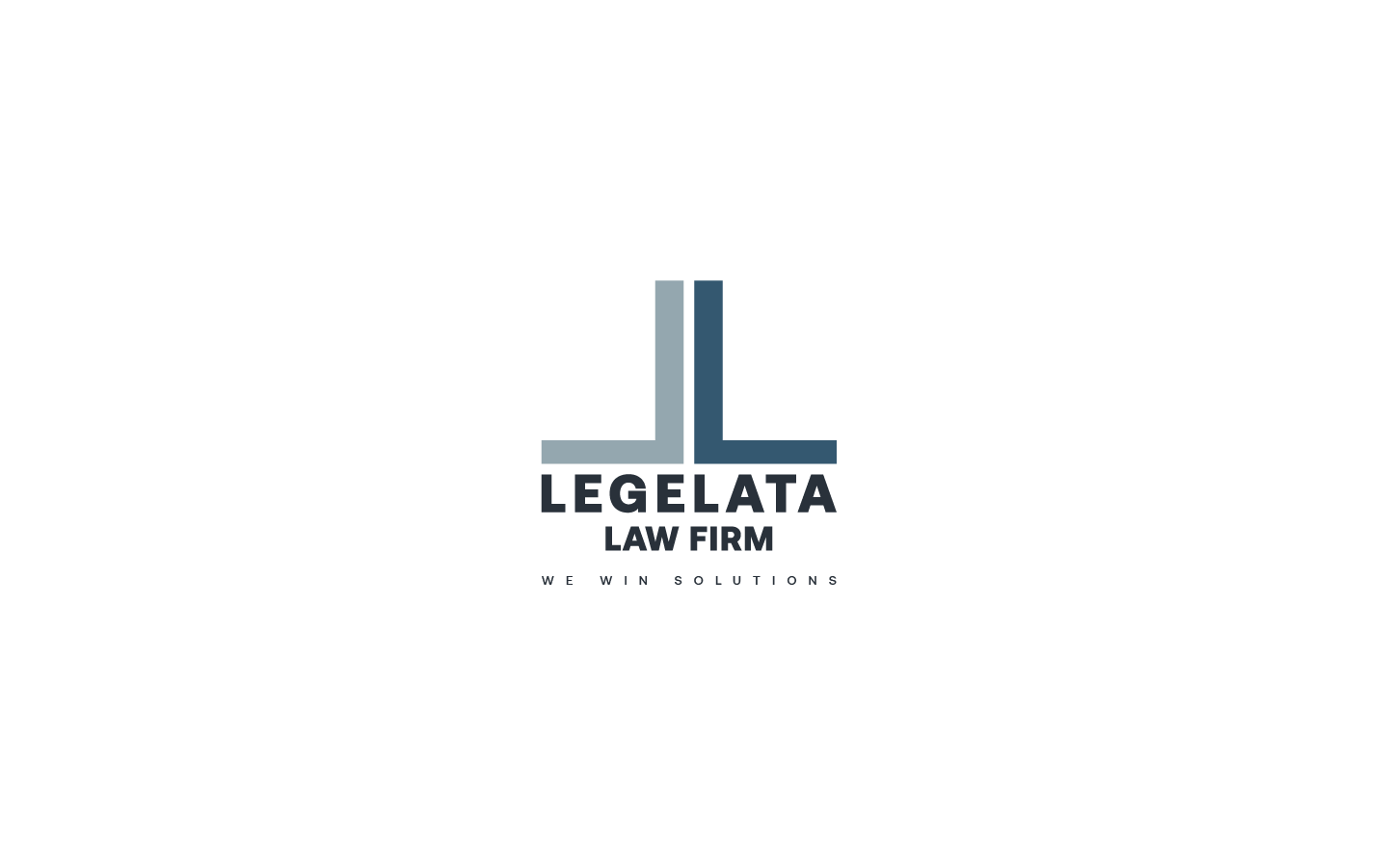Increasing Charter Capital Through Intellectual Property Contributions
The purpose of increasing charter capital through intellectual property contribution?
In the realm of business, there exists a multitude of enterprises where the primary wealth lies in the result of intellectual activity (i.e., Intellectual property or IP). Such intangible assets often hold the key to innovation and competitive edge and are the result of research and development incentives. Furthermore, in these ventures, shareholders are not only willing but enthusiastic about coming together, pooling their resources, and forging collaborative efforts to propel the growth and advancement of their intellectual property-driven businesses. There are several strategies based on which the companies decide to increase their charter capital by contributing intellectual property.
Consider, for instance, a scenario where a company finds itself in need of or intends to secure substantial funding to fuel its growth ambitions. At such a juncture, one intriguing approach to entice potential investors lies in the strategic leverage of these intangible assets through their inclusion (contribution) in the company's charter capital. This move not only signals the company's commitment to innovation and progress but also serves as a compelling invitation for investors to become part of a venture enriched with intellectual assets poised for future success.
Another compelling scenario for considering such a contribution is the amplification of a company's valuation. In the intricate world of business acquisitions, there are instances where company shareholders contemplate the sale of their prized enterprise. Often, the heart and soul of these businesses reside in their treasure trove of intellectual property, including trademarks, patents, and copyrighted assets. In such cases, a strategic move comes into play: incorporating these valuable intellectual assets into the company's charter capital. This maneuver not only inflates the company's charter capital but also sets the stage for the seller to reap the maximum returns from the heightened valuation, thus optimizing their profitability in the sale. It's a calculated approach to ensure that the full spectrum of a company's intellectual wealth is reflected in its market value, ultimately benefiting the stakeholders seeking to cash in on their investment.
Who can contribute intellectual property to the charter capital of a company?
In broad terms, charter capital can be expanded through three main avenues: (1) through contributions from the company's existing shareholders, (2) through the company's own initiatives, and (3) through external third-party contributions.
However, it's important to note that restrictions and conditions may apply to third parties seeking to participate in a company's charter capital expansion, including limitations on the types of assets that can be contributed. These reservations are typically established to ensure compliance with legal regulations and alignment with the company's specific goals and interests.
The peculiarities of contribution to the charter capital by intellectual property.
There are several distinctive features that differentiate the contribution of intellectual property from the other types of contributions to the charter capital of a company. Moreover, the contribution of certain types of assets may require additional efforts.
- One of the fundamental challenges is the procedure of verification of ownership rights and the assurance that the intellectual property is devoid of any encumbrances or disputes. For instance, when dealing with copyrighted assets, it's important to note that there may not be a formal state recognition of ownership for such assets.
- It is imperative to ascertain whether the contribution to the charter capital entails a transfer of ownership of intellectual property. Such a transfer will undoubtedly have implications for the legal structure, valuation, and strategic framework of the contribution
- To overcome the complexities associated inter alia with the determination of the fair market value of intellectual property assets and the presence of regulatory procedures, it is crucial that the valuation of intellectual property assets be arranged in strict compliance with the legal requirements of the Republic of Armenia.
- Given the method chosen for contributing intellectual property assets, it is crucial to establish the legal structure of the contribution correctly. This is necessary to avoid procedural violations of legislative requirements and the company's charter, as such violations could potentially render the contribution invalid.
The necessity to appropriately structure the legal aspects of intellectual property contributions to the charter capital of a company.
Let us discuss some of the important features that are necessary to take into consideration in the process of the contribution.
- The proper valuation of the intellectual property: The accurate valuation of intellectual property presents unique challenges distinct from valuing other asset types.
- Legal protection: Given the requirement to establish clear definitions of ownership and usage rights during the contribution process. Thus to safeguard the company's and/or contributor’s interests, it is vital to engage professional legal expertise for thorough structurization of the deal and safeguarding the involved interests with an additional level of protective measures.
- Leveraging intellectual property for financing: In numerous instances, a company's primary assets crucial for its operations are intellectual properties. Throughout the course of conducting business, there arises a potential need to utilize these assets, including situations involving financing. The strategic approach taken in structuring the contribution will undoubtedly impact (favor) the company's position during negotiations in the leveraging process by serving durable reliability for such assets.
Disclaimer:
This material is produced by Legelata LLC. The material contained in this newsletter is provided for general information purposes only and does not contain a comprehensive analysis of each item described. Before taking (or not taking) any action, readers should seek professional advice specific to their situation. No liability is accepted for acts or omissions taken in reliance upon the contents of this material.
LEGELATA LLC, 2023












